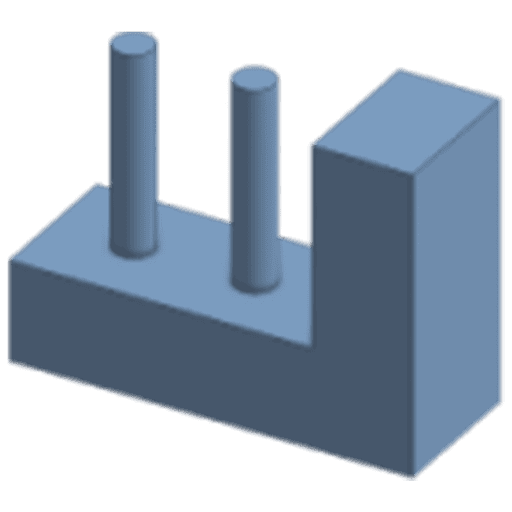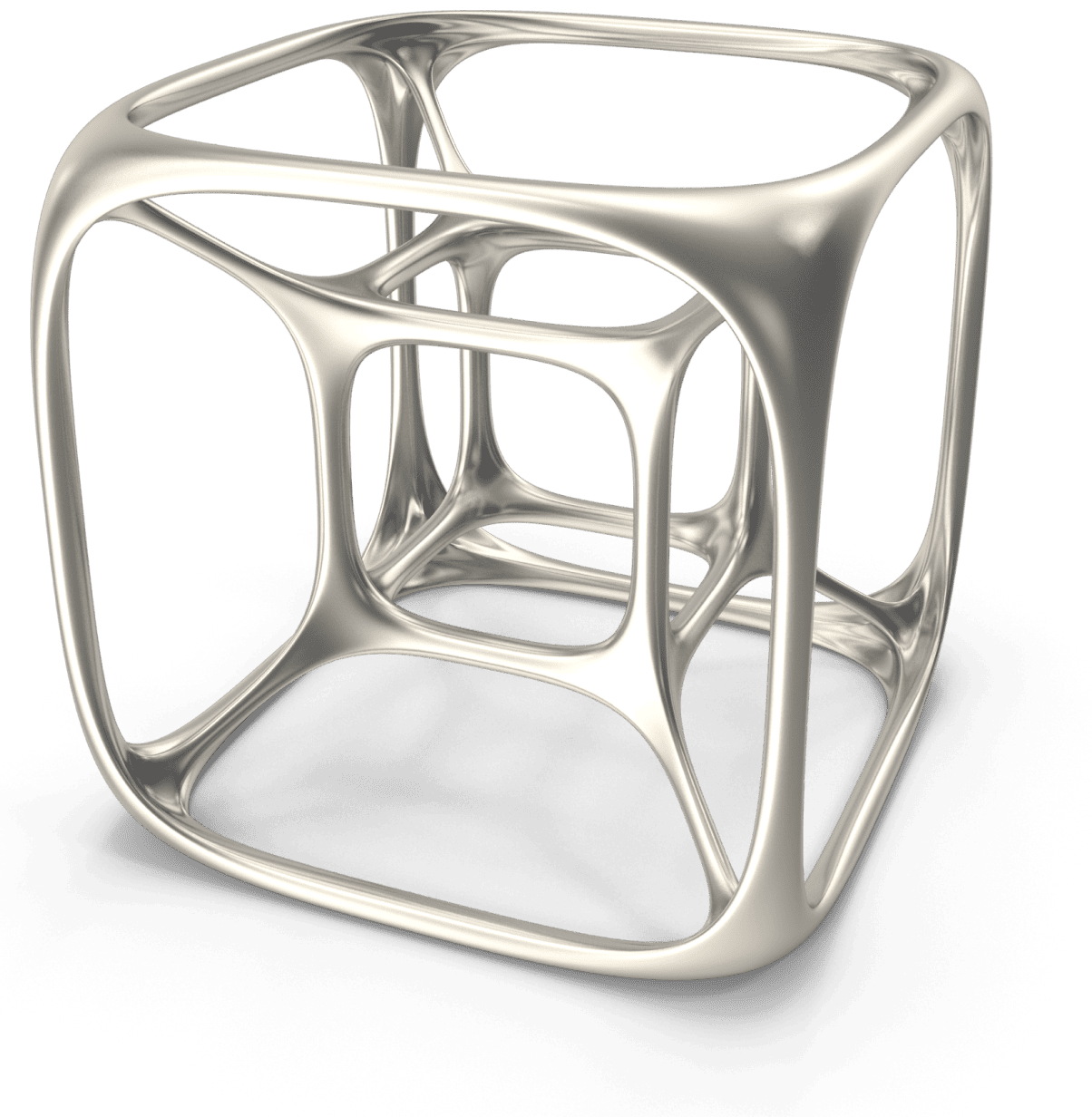Service
As a way for us to help you turn your ideas into realization, we are more than happy to consult with you about your 3D printing and/or prototyping needs.
Site Map
Custom Manufacturing
Custom Manufacturing
Small Batch Production
Ideal for creators, startups and small businesses.
Mass Production
Scalable solutions for larger
manufacturing needs.
Prototyping
Prototyping
Rapid Prototyping
Quick turnaround for iterative design processes.
Functional Prototypes
High-quality prototypes that can be used for testing and validation.
Design Service
Design Service
3D Modeling
Professional design services to bring your ideas to life.
Design Optimization
Improve existing designs for better performance and cost-efficiency.
Current 3D Printing Technology in the House
There are two most commonly used additive manufacturing processes: Fused Deposition Modelling (FDM) and Stereolithography (SLA), both of which we offer at present.
Fused Deposition Modelling (FDM)
Fused Deposition Modelling is a material extrusion additive manufacturing technology that involves pulling a plastic string from a spool and feeding it to an extruder. As it heats and melts the filament, the extruder travels around the build platform layer by layer, as instructed by a slicing software. As each layer cools and consequently bonds to the previous ones, these layers will eventually create a 3D object. The overall FDM process is analogous to a hot-glue gun.
Stereolithography (SLA)
On the other hand, Stereolithography (SLA) is a vat polymerization technology whereby a UV laser selectively solidifies liquid resin on the surface of a vat, which is a large tank that contains the resin. The laser triggers a chemical reaction in the resin, which solidifies it. After the resin is solidified, or cured, the build platform moves up, and the process repeats until the object is complete.
Materials We Offer
SLA
- Clear
- Tough
- Gray (Standard)
FDM
- PLA
- Composite PLA
- PETG
- ABS
- Nylon Carbon Fiber
- PA12
| Parameters | FDM | SLA |
|---|---|---|
| BUILD VOLUME (MAX) | 256 x 256 x 256 mm | 200 x 195.84 x 122.4 mm (HWD) |
| LAYER RESOLUTION (MAX) | 0.1mm to 0.2 mm | 0.01mm to 0.15 mm |
Capabilities
Currently we offer FDM and SLA printing capabilities. If you have your own 3D file on the formats accepted, we and can assist you with file preparation, printer and material selection, and Troubleshooting.
We accept the following format as listed below
F3D (AutodeskFusion)
OBJ
STEP
STL
3MF
SLDPRT (Solidworks)
FDM or SLA
When choosing the right printing process, there are three things to consider: cost, quality, time. These factors depend on your project needs. Typically, FDM is suitable for projects that are cost-efficient and quick. Comparatively, SLA provides a higher resolution, meaning better quality, at the expense of cost and time (as the build rate is slower than that of FDM, and often requires post-processing). SLA is usually used for projects that require very fine details and high precision.
FDM
Cost-Efficient Faster build rate
Less post-processing Lesser resolution
Less precision
Typically used for quick prototyping with no need for high detail and tight tolerances
SLA
Relatively more costly Slower build rate
More post-processing may be required
Higher resolution
Higher precision
Preferable for highly detailed prototypes requiring tight tolerances and smooth surfaces


